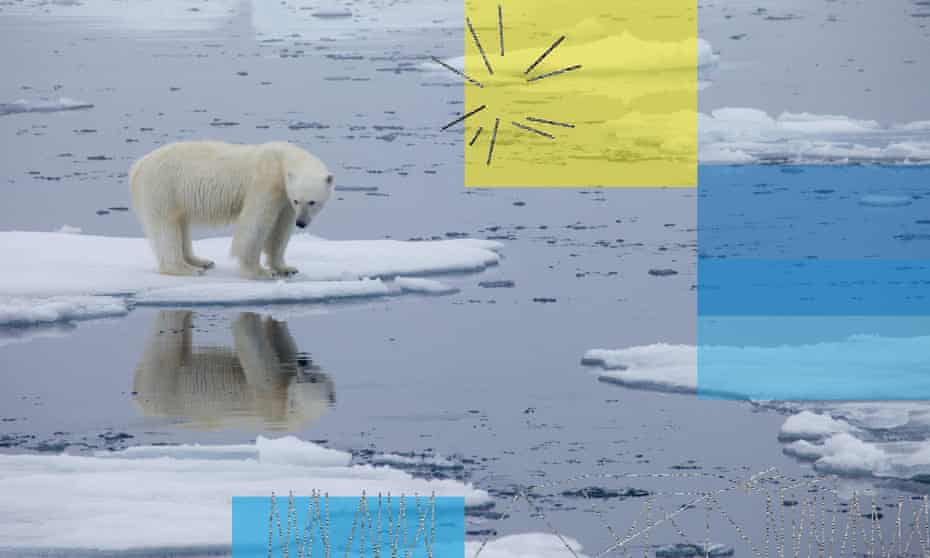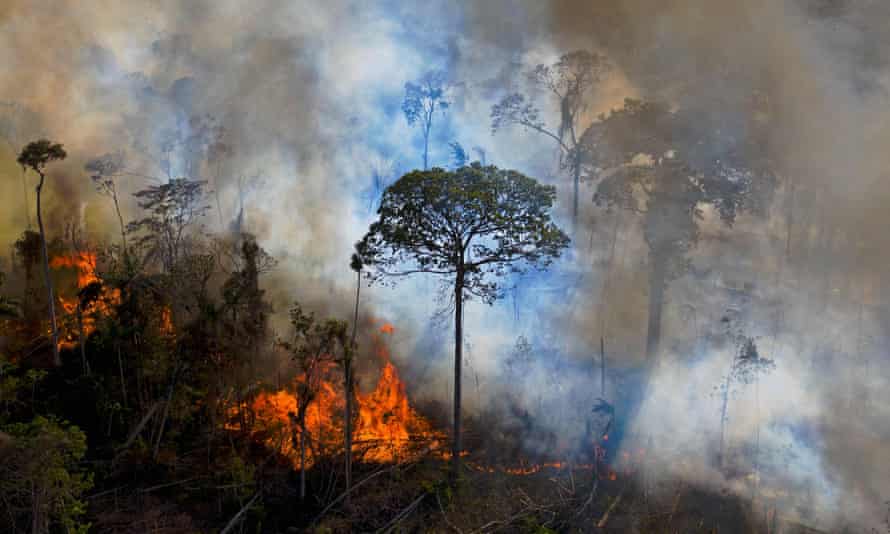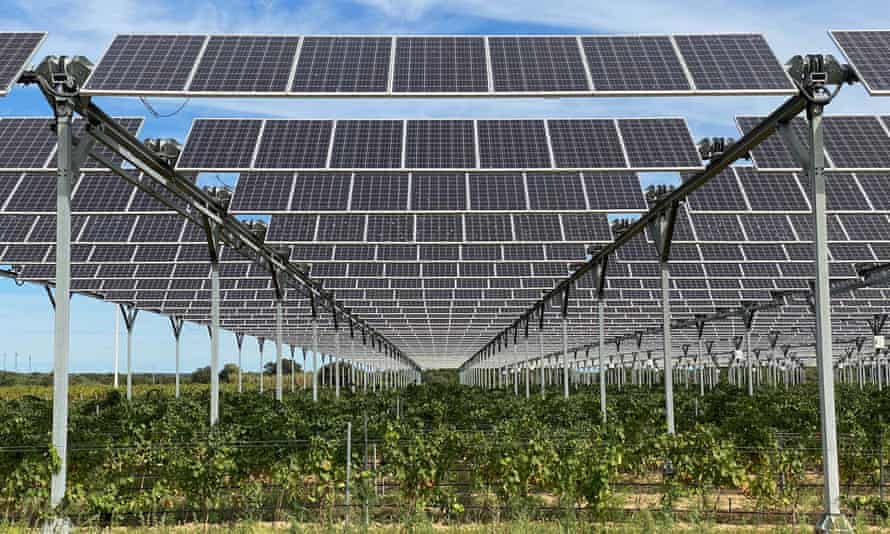Extract from The Guardian
From the seemingly inexorable increase of carbon dioxide in the atmosphere to the rapid growth in green energy.

Last modified on Mon 1 Nov 2021 18.02 AEDT
The problem: rising carbon dioxide in the atmosphere
The level of CO2 has been rising since the Industrial Revolution and is now at its highest for about 4m years. The rate of the rise is even more striking, the fastest for 66m years, with scientists saying we are in “uncharted territory”.
The causes (I): fossil fuel burning
Billions of tonnes of CO2 are sent into the atmosphere every year from coal, oil and gas burning. The slight reduction in 2020 due to coronavirus lockdowns was no more than a “tiny blip” in the continuing buildup of greenhouse gases, according to the World Meteorological Organization.
The causes (II): forest destruction

The causes (III): farming
Methane is a powerful greenhouse gas and emissions are increasing faster now than at any time in 40 years of observations. Farming, especially cattle, as well as fossil fuel extraction and landfill sites are responsible.
The consequences: global temperature rise
The consequences: rising sea levels
Sea levels are inexorably rising as ice on land melts and hotter oceans expand. Sea levels are slow to respond to global heating, so even if the temperature rise is restricted to 2C, one in five people in the world will eventually see their cities submerged, from New York to London to Shanghai.
The consequences: shrinking Arctic sea ice
The upside (I): wind and solar energy is soaring
Huge cost drops have helped renewable energy become the cheapest energy in many places and the rollout is projected to continue. Analysts also expect coal use to fall. But much government action is still required to reach the scale needed, and tackle difficult sectors such as aviation and farming.

The upside (II): electric vehicles
The upside (III): battery costs
Renewable energy is intermittent, depending on when the sun shines or wind blows. So storage is vital and the cost of batteries is plummeting. But other technologies, such as generating green hydrogen, will also be needed.
No comments:
Post a Comment